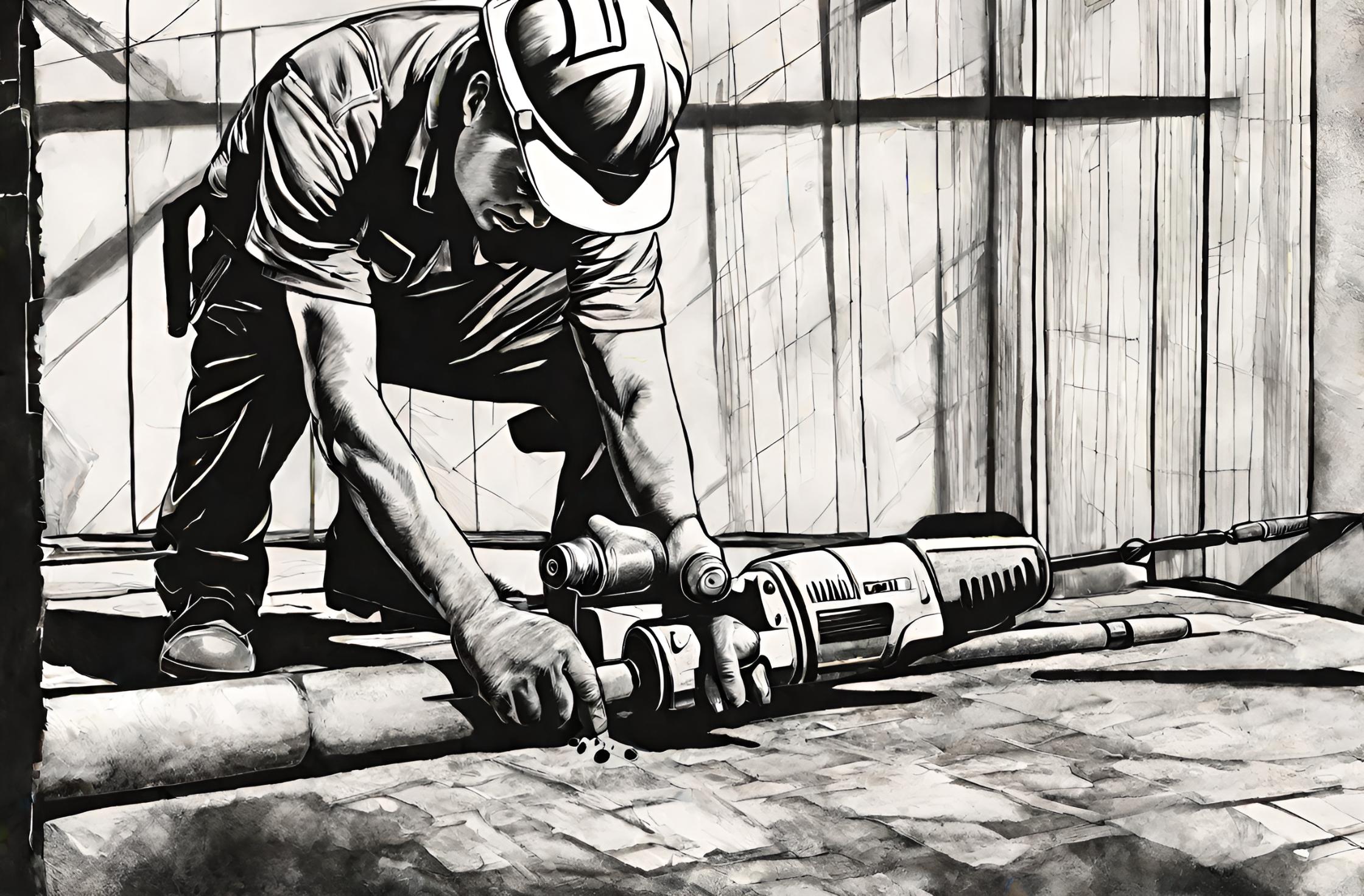Flashback to July 3
American History

On May 19, 1892, a significant event took place that would revolutionize the field of construction and engineering. Charles Brady King, an American inventor, successfully invented the pneumatic hammer. This invention proved to be a game-changer in various industries, making construction and manufacturing processes more efficient and less labor-intensive. Let’s dive deeper into the invention of the pneumatic hammer and its impact.
Before the invention of the pneumatic hammer, manual tools were predominantly used for tasks such as breaking rocks, drilling holes, and shaping metals. These manual tools required a considerable amount of physical effort and were time-consuming. The introduction of the pneumatic hammer by Charles Brady King changed all that.
The pneumatic hammer works on the principle of compressed air. It consists of a piston that moves back and forth within a cylinder, driven by the force of compressed air. This rapid motion of the piston creates high impact forces, capable of delivering powerful blows to surfaces. The pneumatic hammer’s versatility lies in its ability to control the force and frequency of the blows, making it suitable for a wide range of applications.
Upon its invention, the pneumatic hammer quickly gained popularity in industries such as construction, mining, and manufacturing. Its impact force and efficiency made it the tool of choice for tasks such as breaking concrete, driving in nails, and chiseling rocks. Manual labor was significantly reduced, allowing workers to complete tasks in less time and with less physical exertion.
One of the notable advantages of the pneumatic hammer is its adaptability. With various attachments and accessories available, the tool can be customized for different purposes. For example, a chisel attachment can be used for carving stones or removing concrete, while a pointed tip attachment is ideal for breaking hard materials. This adaptability made the pneumatic hammer a versatile tool for a range of industries.
The invention of the pneumatic hammer also brought about advancements in the manufacturing process. With this innovative tool, precision and speed were increased, leading to higher production rates. Production lines in factories benefitted greatly from the pneumatic hammer, as it could perform repetitive tasks with consistency and accuracy. The pneumatic hammer became an essential tool in assembly lines and mass production facilities.
Not only did the pneumatic hammer improve efficiency and productivity, but it also enhanced workplace safety. In the past, workers had to rely on traditional manual tools, which often led to accidents and injuries. The pneumatic hammer significantly reduced the risk of such incidents. Its controlled and predictable motion made it safer to use, minimizing the chances of accidental injuries.
The legacy of Charles Brady King’s invention continues to this day. Pneumatic hammers are still widely utilized in various industries, although modern advancements have led to more sophisticated versions, such as electric and hydraulic hammers. Nonetheless, the basic principles and foundation laid by King’s invention remain the same.
Charles Brady King’s invention of the pneumatic hammer on May 19, 1892, was a watershed moment in the construction and manufacturing industries. This revolutionary tool improved efficiency, productivity, and workplace safety. Its adaptability and versatility made it a staple in industries ranging from construction to assembly lines. The pneumatic hammer’s impact can still be felt today, as it continues to play a vital role in various sectors.
We strive for accuracy. If you see something that doesn't look right, click here to contact us!
Sponsored Content

US President Ronald Reagan…
On July 3, 1986,…

French and Indian War:…
On 7/3/1754, George Washington,…

Americans capture Fort Erie,…
On July 3, 1814,…

US Civil War: The…
Discover the historic significance…

The asteroid labeled as…
On July 3, 2006,…

Pony Express arrives in…
On July 3, 1861,…

